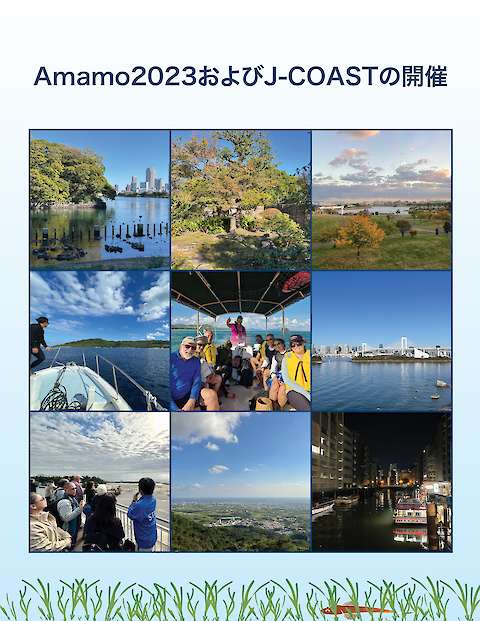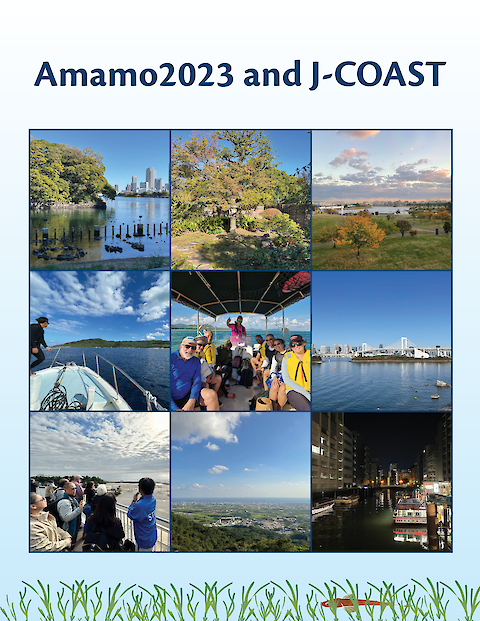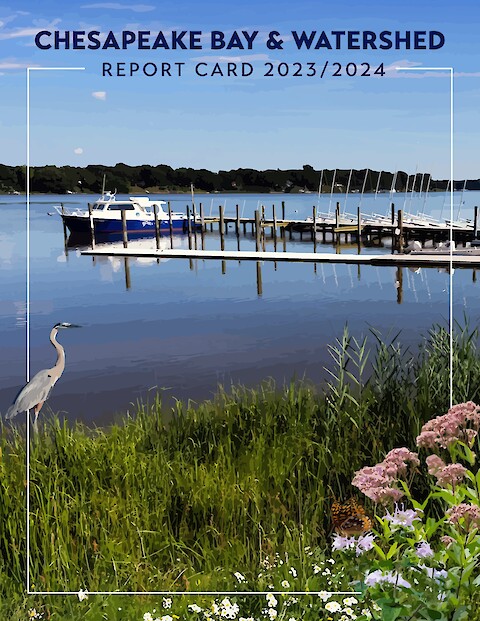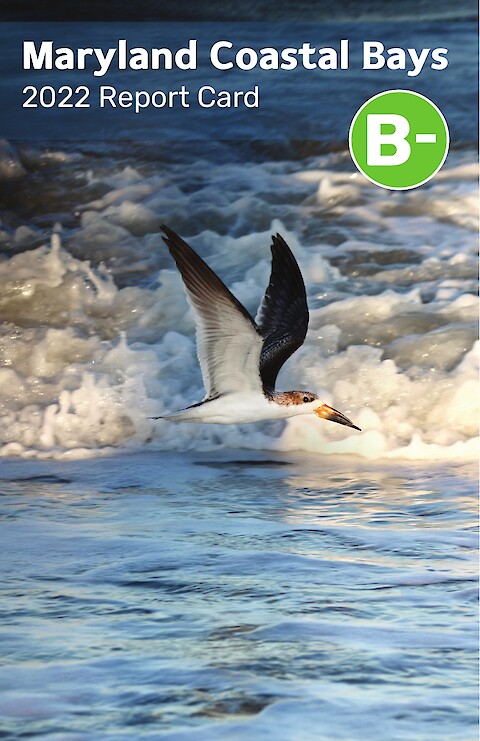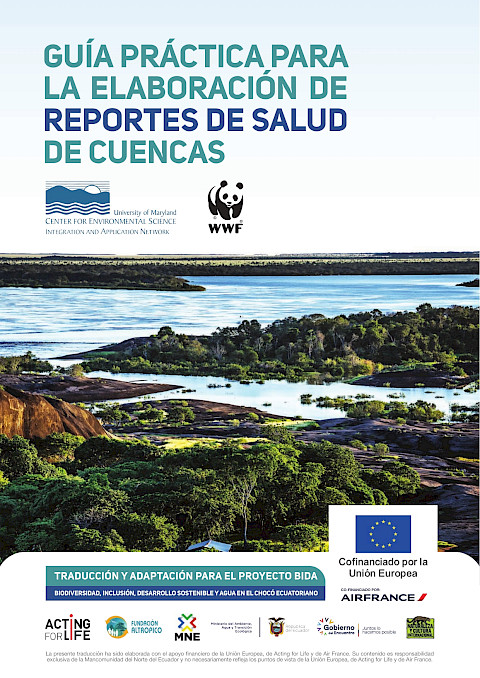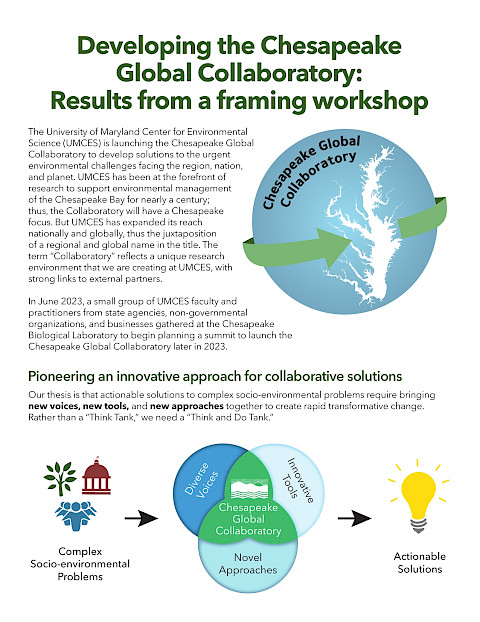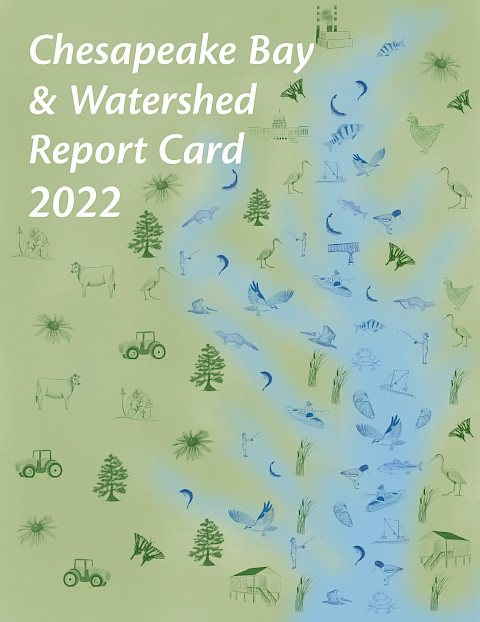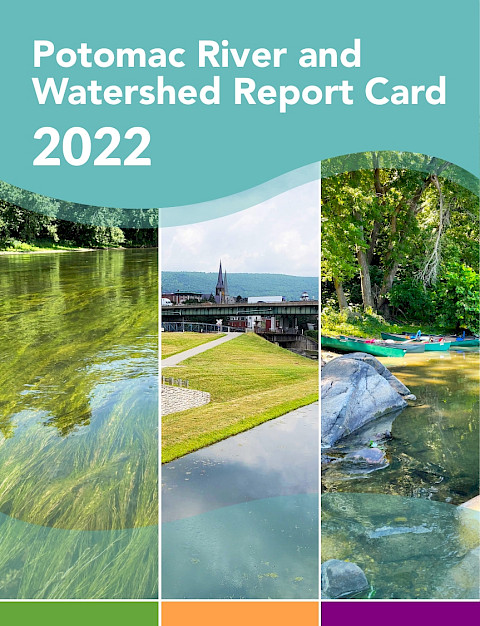Tool Guide for Stakeholder Engagement in Coastal Communities
Stakeholder Engagement is Key to Creating a Vision for the Future
William C. Dennison, Vanessa Vargas-Nguyen, Keita Furukawa, Sidney Anderson, Roshni Nair, Arga C. Anil, Rhodora V. Azanza, S. Lili Badri, Lourdes J. Cruz, Pål I. Davidsen, Dattesh V. Desai, Charissa Ferrera, Tom Gerald Genovia, Gil Jacinto, Lidita Khandeparker, Midori Kawabe, Masashi Kodama, Pheng Lor, Veronica M. Lucchese, Yasumasa Miyazawa, Yushi Morioka, Hilde Maria Nacorda, Kazuo Nadaoka, Takashi Nakamura, Aklilu Tilahun Tadesse, Hiroshi Yagi ·
29 May 2024
To learn more about best practices for organizing, facilitating, and interpreting the responses from stakeholder engagement events, download our Tool Guide for Stakeholder Engagement in Coastal Communities here.
Read more


